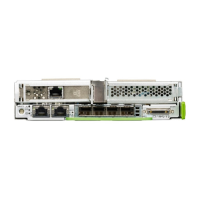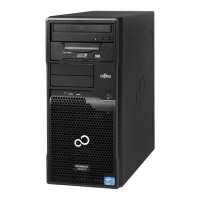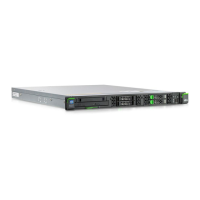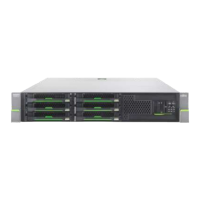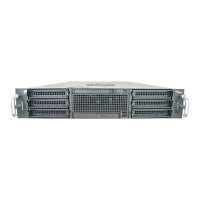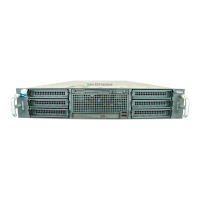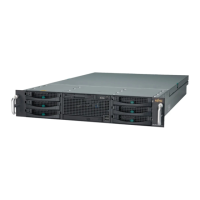GNU GENERAL PUBLIC LICENSE
10. Automatic L icensing of Downstream Recipients.
Each time you convey a covered work, the recipient auto m atically receives a license from the
original licensors, to run, modify and propagate that work, subject to this License. You are
not responsible for enforcing compliance by third p arties with this License.
An “entity transaction” is a transaction transferring control of an organization, or substantially all
assets o f one, or subdividing an organization, or m erging organizations. If propagation of a covered
work results from an entity transaction, each party to that transaction who receives a copy of the
work also re ceives whatever licenses to the w ork the party’s predecessor in interest had or could
give under the previous paragraph, plus a r ight to po ssession of the Corresponding Source of the
work from the predece ssor in interest, if the predecessor has it or can get it with reasonable efforts.
You may not impose any further restrictions on the exercise of the rights granted or affirmed
under this License. For example, you may not impose a license fee, royalty, or other charge for
exercise of rights g ranted under this License, and you may not initiate litigation (including a
cross-claim or counterclaim in a lawsuit) alleging that any patent claim is infringed by making,
using, selling, offering for sale, or importing the Program or any portion of it.
11. Patents.
A “contributor” is a copyright holder who authorizes use under this License of the Program or a work
on which the Program is based. The work thus licensed is called the contributor’s “contributor version”.
A contributor ’s “essential paten t claims” are all patent claims owned or controlled by the
contributor, whether already acquired or hereafter acquired, that would be infringed by some
manner, permitted by this License, of making, using, or selling its contributor version, but do
not include claims that would be infringed only as a consequence of further modification of the
contributor version. For purpose s of this definition, “control” includes the right to grant patent
sublicenses in a manner consistent with the requirements of this License.
Each contributor grants you a non-exclusive, w orldwide, royalty-free patent license under the
contributor ’s essential patent claims, to make, use, sell, offer for sale, import and otherwise
run, modify and propagate the contents of its contributor version.
In the following three paragraphs, a “patent license” is any expre ss agreement or commitment,
however denominated, not to enforce a patent (such as an express permission to practice a patent
or covenant not to sue for patent infringement). To “grant” such a patent license to a party means
to make such an agreement or commitment not to enforce a patent against the party.
If you convey a covered work, knowingly r elying on a p atent license, and t he Correspon ding Source
of the work is not available for anyone to copy, free of charge and under the terms of this License,
through a publicly available network server or other readily accessible means, then you must either
(1) cause the Corresponding Source to be so available, or (2) arrange to deprive yourself of the
benefit of the patent license for this particular work, or (3) arrange, in a ma nner c onsistent with the
requirements of this License, to extend the patent license to do wnstream recipients. “Knowingly
relying” means you have actual knowledge that, but for the patent license, your conveying the
covered work in a country, or your recipient’s use of the covered work in a country, w ould infringe
one or more identifiable patents in that country that you have reason to be lieve are valid.
If, pursuant to or in connection with a single transaction or arrangement, you convey, o r
propagate by procuring conveyance of, a covered w ork, and grant a patent license to some
of the parties receiving the covered work authorizing them to use, prop agate, modify or
convey a specific copy of the covered work, then the patent license you grant is automatically
extended to all recipients of the covered work and works based on it.
A patent license is “ discriminatory” if it does not include within the scope of its coverag e, prohibits
the exercise of, or is co nditioned on the non-exercise of one or more of the rights that are
Fujitsu 89

